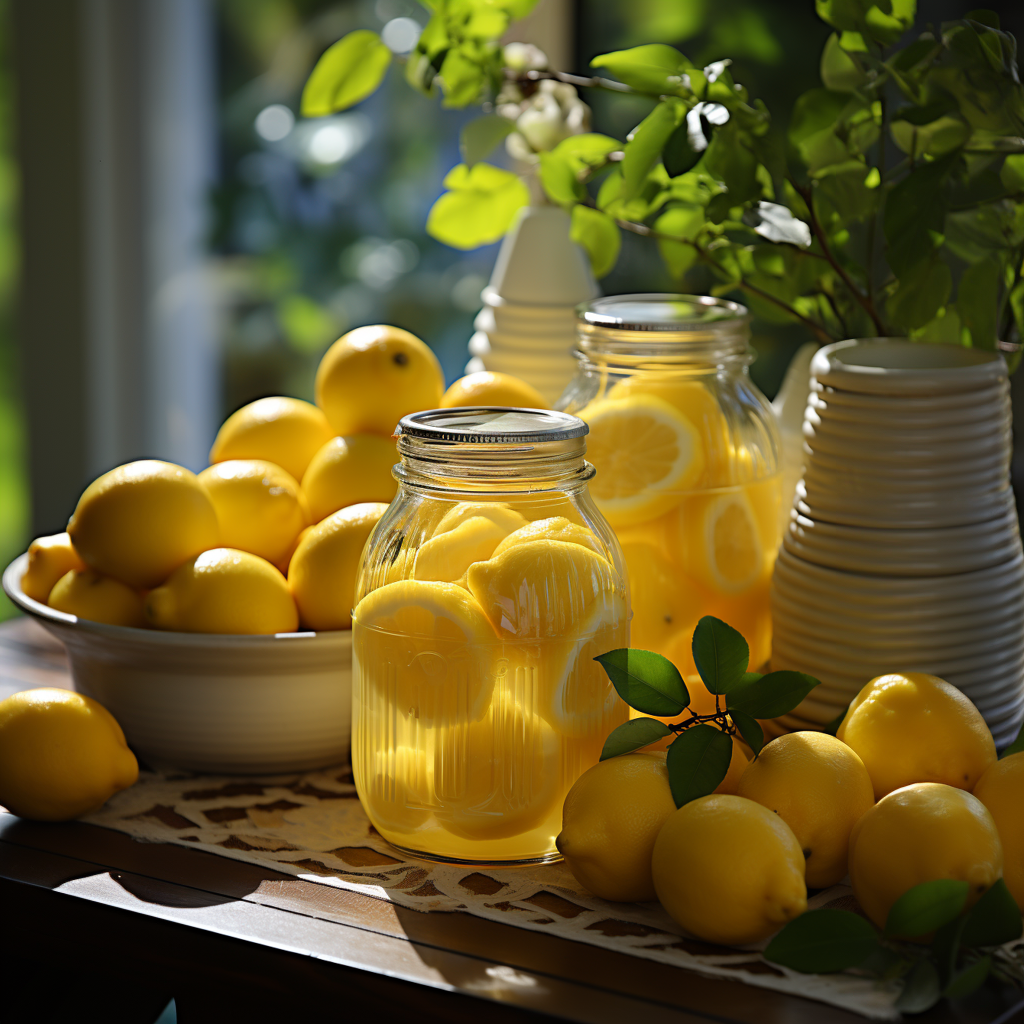Making fermented foods is a great way to preserve fresh produce, enhance their nutritional value, and have a delicious and healthy snack on hand. In this beginner’s guide, we will explore the simple steps to make your own fermented foods at home.

Credit: www.thedelightproject.com

Credit: www.facebook.com
Why Fermented Foods?
Fermented foods are packed with probiotics, which are beneficial for gut health. They also help to increase the bioavailability of nutrients in food and can add complex, tangy flavors to your meals.
Steps To Make Fermented Foods
Making fermented foods involves a few simple steps:
- Choose Your Ingredients: Select your favorite vegetables such as cabbage, carrots, or cucumbers, along with salt and any desired seasonings.
- Prepare the Vegetables: Wash and chop the vegetables, then place them in a clean, sterilized jar.
- Add the Brine: Dissolve salt in water to make a brine solution, then pour it over the vegetables in the jar, ensuring they are completely submerged.
- Ferment: Cover the jar with a tight lid and let it sit at room temperature, away from direct sunlight, for a few days or weeks, depending on the recipe.
- Taste and Enjoy: Once fermented, refrigerate the food to slow down the fermentation process and savor the delicious, tangy flavors!
Fermentation Recipe Ideas
Here are some popular fermented foods you can easily make at home:
| Fermented Food | Ingredients | Fermentation Time |
|---|---|---|
| Sauerkraut | Cabbage, Salt, Caraway Seeds | 1-2 weeks |
| Kimchi | Napa Cabbage, Radish, Red Pepper Flakes | 3-5 days |
| Fermented Pickles | Cucumbers, Dill, Garlic | 3-4 weeks |
Tips for Successful Fermentation
Here are some tips to ensure a successful fermentation process:
- Use Good Quality Ingredients: Always use fresh, high-quality vegetables and pure salt for fermentation.
- Keep Vegetables Submerged: Use a weight or brine to keep the vegetables submerged in the liquid to prevent spoilage.
- Monitor the Fermentation: Taste the fermented foods regularly to check for desired tanginess and sourness.
- Store Properly: Once fermented to your liking, store the foods in the refrigerator to slow down the fermentation process.
Conclusion
Making fermented foods at home is a simple and rewarding process. It not only adds a punch of flavor to your meals but also provides numerous health benefits. So, grab your favorite vegetables and start fermenting for a tasty and nutritious addition to your diet!
Frequently Asked Questions Of How To Make Fermented Foods: Unlock The Secret To Gut-healthy Delights
Q: How Can I Start Making Fermented Foods At Home?
A: To start making fermented foods at home, gather the required ingredients, sterilize your equipment, and follow a trusted recipe.
Q: What Are The Benefits Of Consuming Fermented Foods?
A: Consuming fermented foods can improve digestion, boost immune function, and enhance nutrient absorption.
Q: Which Foods Can Be Easily Fermented?
A: Foods such as sauerkraut, kimchi, yoghurt, kombucha, and pickles can be easily fermented at home.
Q: How Does The Fermentation Process Work?
A: During fermentation, beneficial bacteria and yeast convert sugars into lactic acid or alcohol, preserving the food and adding probiotics.
